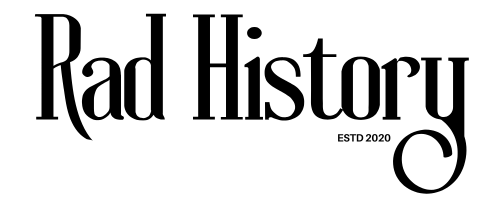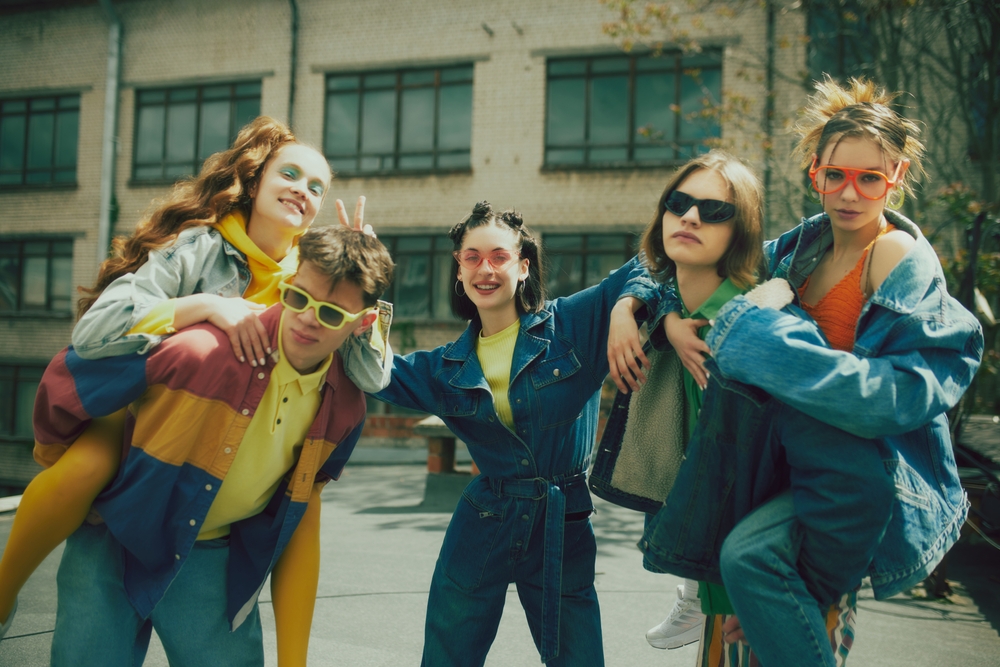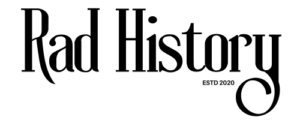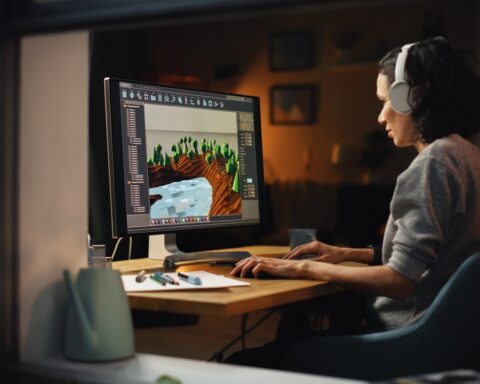Picture this: a teenager filming themselves in their bedroom, wearing butterfly clips and a baby tee, dancing in front of a CRT TV they found on Facebook Marketplace. There’s a VHS-style filter layered over the whole thing, complete with fake tracking lines and a time stamp reading “1996.” The soundtrack? A sped-up remix of a Britney Spears deep cut. The platform? TikTok, of course.
This isn’t a glitch in the Matrix, it’s the new normal. Nostalgia has been quietly rewiring pop culture for years, but lately, it’s become a full-blown aesthetic, business model, and emotional coping strategy rolled into one. From vinyl records outselling CDs to movie reboots, Y2K fashion, and vintage game consoles making a comeback, it’s clear that the past isn’t just influencing the present, its being carefully curated, filtered, and monetized for it.
Why We’re Obsessed With the Past (Again)
Nostalgia isn’t new, obviously, it’s as old as memory itself. But the way we use nostalgia has changed. What was once a deeply personal emotion, triggered by a scent, a song, or an old photo tucked in a drawer, is now something we collectively binge, remix, and share with hashtags.
The Psychology of Nostalgia
So why the sudden obsession? Part of it is timing. When the world gets chaotic (think global pandemics, economic instability, the general anxiety of being Extremely Online), nostalgia steps in like a psychological comfort blanket. Research backs this up: studies show that nostalgia can boost mood, increase feelings of social connectedness, and even reduce stress. It’s our brains way of asking us to go back to a simpler time for a little while.
Millennials & Gen X in the Driver’s Seat
And who’s leading this nostalgia charge? Millennials and Gen X, mostly. Two generations sandwiched between tech disruption and climate dread, now old enough to have disposable income and a longing for a time before everything got digitized, optimized and algorithmically targeted. Whether it’s bootcut jeans, Tamagotchi’s, or browsing a physical music collection, the emotional pull is real, and market ready.

Collective Craving
But it’s not just fuzzy feelings. In a fragmented digital landscape, shared memory is social glue. Quoting Friends, singing noughties pop songs, or mourning the loss of Saturday morning cartoons instantly creates community. It’s not just nostalgia, it’s a shortcut to belonging. And brands, influencers and social media platforms have been paying close attention.
Nostalgia, it turns out, is no longer just about the past. It’s a strategy for making sense of the present, and selling it back to us.
From Filters to Feels: The Rise of the Retro Aesthetic
VHS Filters and the Faux-Past Look
Let’s talk about VHS filters. Yes, actual digital filters that make your high-def smartphone footage look like it was recorded on your dad’s old camcorder in 1994. Add some faux tracking errors, a date stamp, maybe a little static, and boom – you’ve got instant “nostalgia-core”.
But here’s the thing: a lot of the people using these filters weren’t even born when VHS was king. So… why?
| Decade | Trend/Item | Current Revival Form | Brands Capitalizing |
|---|---|---|---|
| 1970s | Vinyl Records, Bell Bottoms | Record Players, Retro Fashion Lines | Urban Outfitters, Crosley |
| 1980s | Arcade Games, Neon Colors, Walkman | Synthwave Aesthetic, Mini Arcade Cabinets | Arcade1Up, Puma |
| 1990s | Cartoon Shows, Tamagotchi, VHS | Reissued Toys, Streaming Old Shows | Nickelodeon, Mattel |
| 2000s | Flip Phones, Low-rise Jeans, Myspace | Y2K TikTok Trends, Throwback Filters | Samsung, Depop |
This is where nostalgia crosses into aesthetics, where it becomes less about actual memory and more about mood. A curated vibe. A pixelated longing for a time you maybe never even lived in, but somehow feel connected to. This is nostalgia as performance, and nowhere is it more visible than on TikTok and Instagram.
Y2K, Vaporwave and the Nostalgia Zeitgeist
Welcome to the Retro Internet. A place where flip phones are fashionable again, where Tumblr-era fonts are back in rotation, and where the color palette of your youth (washed-out purples, neon pinks, Game Boy greens) is suddenly a design trend with its own subculture. Think Y2K, vaporwave, “kidcore,” and the return of grainy, analog imperfection, all circulating online at warp speed.
Why the resurgence? Partly, it’s about texture. In a world of polished, high-res, AI-scrubbed everything, the gritty charm of lo-fi visuals feels human again. A little flawed, a little weird, a little… real. It’s the digital equivalent of comfort food.
Reclaiming the Timeline
It’s also about control. These aesthetics let us remix the past into something shinier, softer, safer. We can skip the dial-up speeds and teenage angst and just bask in the Lisa Frank color scheme. It’s nostalgia without the awkward middle school years. (Unless that’s your thing, in which case, welcome back, low-rise jeans and trauma bangs.)
There’s also a kind of creative rebellion at play. Gen Z in particular has a knack for digging through cultural archives and reimagining them in strange, playful ways. Think of it as an emotional costume: dressing up in the feelings of another era, not because it was better, but because its far enough away to feel interesting, and close enough to feel almost familiar.
What started as a few grainy edits and ironic fashion choices has become a full-blown visual language. One that says “I’m self-aware, I’m a little nostalgic, and I know how to use a Polaroid app unironically.”
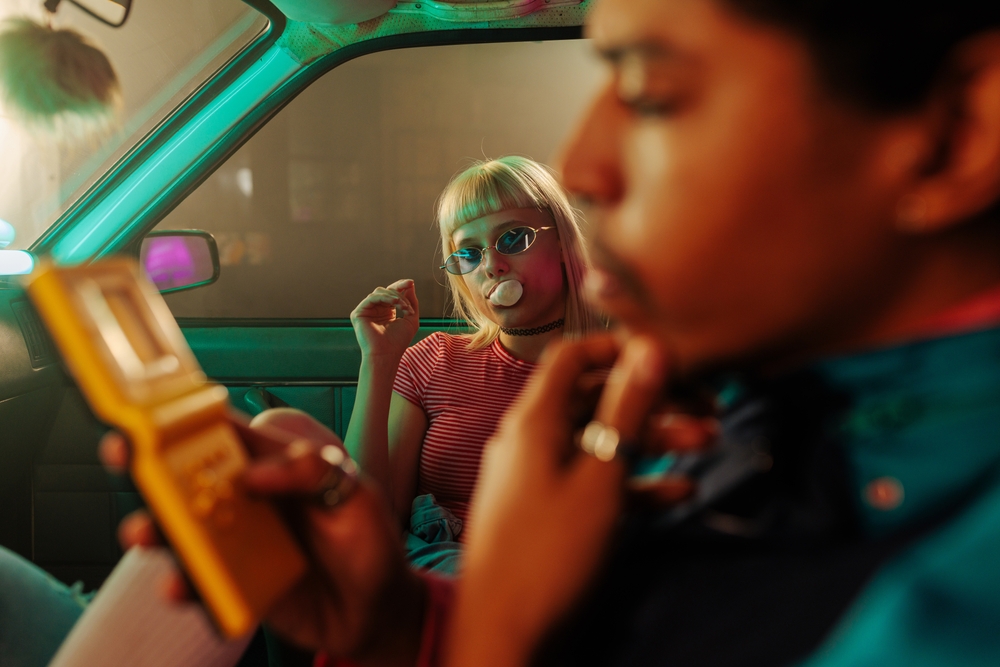
The Business of Nostalgia: When Memory Meets Monetization
If nostalgia makes us feel warm and fuzzy inside, brands have figured out how to bottle that feeling and sell it back to us, with a 20% markup and limited edition packaging. What started as an emotional impulse has become a full-fledged commercial strategy. This isn’t just memory lane, it’s a multi-billion-dollar marketplace.
Vinyl, Film, and the Return of the Tangible
Remember when digital was the future and physical media was dead in the water? Plot twist: vinyl records outsold CDs in 2023. Polaroid cameras are now accessories for Gen Z. And Fujifilm Instax minis are regulars at parties that would’ve once relied on Instagram Stories.
There’s something deeply satisfying about the analog experience in a touchscreen world. Physical media is slow, deliberate, tactile. It asks for your attention in a way Spotify never will. Owning a record or taking a film photo feels personal, even intimate, and in a digital culture where everything is streamable and disposable, that kind of permanence is suddenly…luxury.
But make no mistake, this isn’t anti-capitalist nostalgia. It’s nostalgia rebranded as premium. That limited-run cassette tape? That Stranger Things VHS-style box set? They’re not relics, they’re product strategy.
Reboots, Revivals, and the Franchise That Refuses to Die
You know what’s cheaper than writing an original screenplay? Digging up a 90s show, recasting it, and calling it a reboot. Streaming platforms are deep in their nostalgia era, pumping out remakes, sequels, and origin stories like our collective memory is a renewable resource.
There’s comfort in familiarity. You don’t need to explain who the Teenage Mutant Ninja Turtles are. You just need to update the animation, throw in some Gen Z slang, and let the algorithms do the rest. And for companies, it’s low-risk, high reward. A built-in fanbase plus a new generation of ironic viewers? That’s content gold.
Nostalgia Merch: It’s Not a Phase, It’s a Product Line
Let’s talk merch. Not just the branded lunchboxes of yore, but the hyper-stylized, algorithm-friendly drops you now see everywhere from Urban Outfitters to Etsy to eBay bidding wars. Pokémon x Levi’s. Groovy Chick collabs. That Rugrats hoodie your cool friend unironically wore to a music festival. These aren’t just random throwbacks. They’re emotional triggers in cotton-blend form. Nostalgic merch turns memory into fashion, and not in a subtle way.
There’s also the collector angle: limited editions, surprise drops, and reissued classics feed directly into FOMO culture. When emotion meets scarcity, people buy fast – not because they need it, but because it reminds them of who they used to be… or at least, who they think they were.
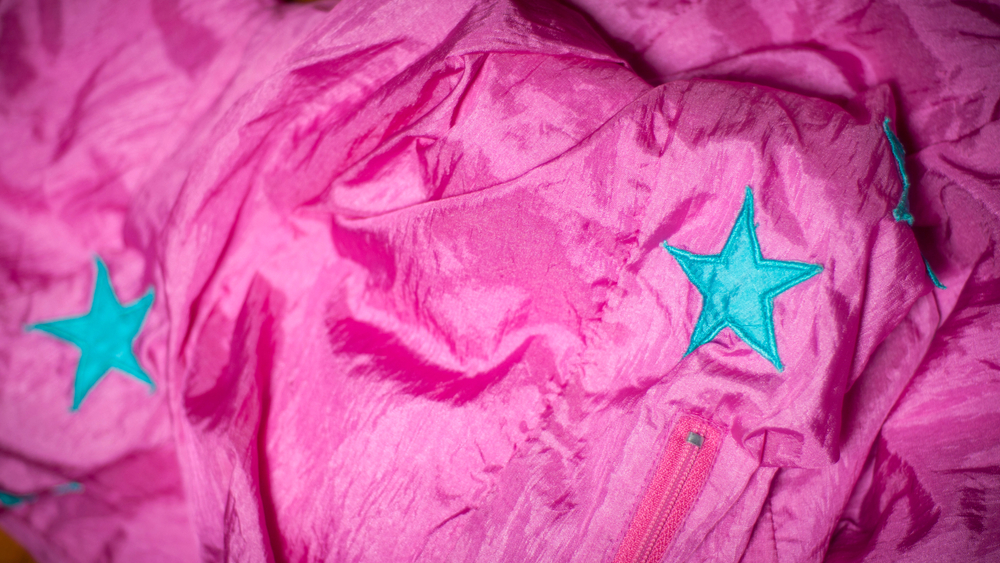
The Algorithm Has a Memory, Too
It’s not just brands, platforms are in on it too. Facebook’s “On This Day.” Spotify’s yearly “Wrapped” playlist. TikTok trends that resurrect old songs and dances with viral precision. These aren’t random features, they’re emotionally engineered nudges designed to keep you scrolling, watching, buying.
Nostalgia is sticky. It’s sharable. It performs well. A creator referencing The OC or Gilmore Girls instantly hits a nerve for viewers who lived through it, and creates curiosity for those who didn’t. That two-way appeal makes nostalgia incredible efficient content.
Emotional Economics: How Memory Sells
Nostalgia isn’t just a vibe, it’s a business model. An economic engine powered by the most reliable human currency there is: emotion. And when it comes to emotional ROI, memory is gold.
Comfort Is a Commodity
In uncertain times (so… the past 15 years?), nostalgia operates like emotional comfort food. It’s mac and cheese for the soul. But instead of being something we quietly indulge in, it’s now packaged, branded and algorithmically optimized.
Why? Because it works. Studies have shown that when people feel nostalgic, they’re more likely to spend money on experiences, products, and even donations. That hit of familiarity reduces skepticism and heightens emotional openness. Marketers don’t have to convince you to buy; they just have to remind you of something you already loved. And so we get endless retro product drops, reboot announcements and commercials that feel more like time machines than sales pitches.
Your Memories, Curated by Algorithm
It’s not just about what you remember, it’s about when you remember it. Social platforms now serve up nostalgia on a schedule. Facebook will show you a memory from five years ago, just as you’re mid scroll on a dull Monday. Spotify resurrects songs you cried to in 2008 and packages them into a playlist called “Teenage Dirtbag Vibes”.
It’s intentional. These emotional cues keep you engaged, and engagement is the product. Your digital history isn’t just data; its content. The platforms don’t just learn what you like; they know when you’re most likely to feel sentimental, and they capitalize on it with algorithmic precision.
Parasocial Nostalgia: Selling Feelings You Didn’t Know You Had
Then there’s the influencer economy, where nostalgia becomes a bonding tool. Creators reference old cartoons, school lunches, or early internet culture not just to be cute, but to build connection. The moment someone says, “if you know what this is, we’re best friends now”? That’s parasocial intimacy in action.
It’s a shortcut to trust. Shared memory feels like shared experience, even if that experience is just both of you owning a Motorola Razr at some point. Influencers know this. Brands tap into this. And the more they tap into it, the less it feels like marketing and more like a warm inside joke.
Memory Is a Sales Funnel
Here’s the bottom line: we’re not just buying stuff. We’re buying belonging, identity, and the illusion of emotional continuity. Nostalgia has become a tool for grounding ourselves in a world that feels increasingly chaotic. And whether it’s through retro sneakers, pixelated filters, or reruns of The Fresh Prince, we’re trying to re-anchor ourselves to something we trust. For marketers, that’s the sweet spot, when the past feels personal, but the desire feels universal.
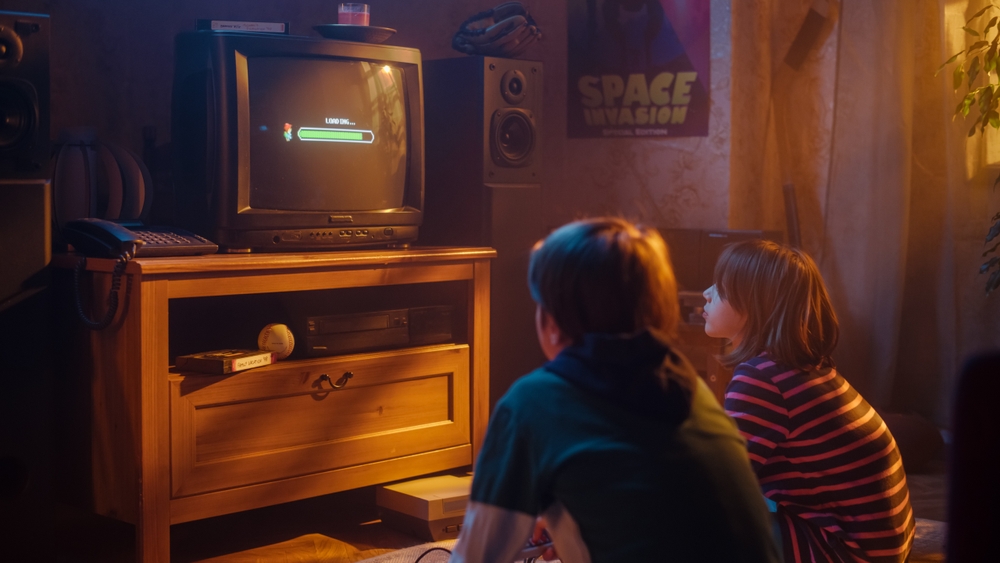
Nostalgia as Identity: Curating the Past for Clout
Once upon a time, nostalgia was what you felt alone while looking through a photo album. Now it’s something you curate on your grid. Post a blurry selfie with a disposable camera. Share your Hotmail email address for laughs. Ironically wear the exact puffer vest your older brother had in 2003. It’s memory meets personal branding, and in the era of digital identity, it plays extremely well.
Memory as Aesthetic: The Rise of “Retro-Core”
From Y2K fashion to 80s aerobics workouts on YouTube, nostalgia has become a full-fledged aesthetic movement. But this isn’t about historical accuracy, it’s about vibe accuracy. Nobody’s trying to actually relive dial-up internet or camcorder batteries dying mid-birthday. What we want is the feeling – a stylized, curated version of the past that slots neatly into our online personas.
TikTok especially thrives on this. Whole trends are built around fake throwbacks: Gen Zers creating “vintage” home videos from 2004, or Gen Xers remastering actual VHS footage with moody background music and poetic captions.
The Social Media Time Machine
Social platforms are designed to make the past feel present. Instagram’s layout literally encourages scrapbook-style storytelling. Facebook, as clunky as it is, has baked-in nostalgia features (“Memories,” anyone?). And TikTok? It’s like a cultural blender with the lid off – where a 90s track can go viral, spawn a meme, and introduce 16-year-olds to Seinfeld in 48 hours. This is nostalgia without gatekeeping. You don’t have to have actually been there to play the part. Just reference it right, remix it well, and you’re in the club.
Throwbacks as Flex
There’s also a bit of social flex in play here. Posting your old Game Boy or first iPod isn’t just about nostalgia, it’s low-key status signaling. It’s the digital equivalent of showing up to a party in a vintage band tee, not the reprint from H&M, but the real one, worn-in and full of stories. In a world saturated with content, nostalgia becomes a credibility marker. It gives you cultural depth. Texture. A past. And if you don’t have one? Don’t worry. The internet will lend you one.
Is This Just a Phase? Or the Future?
So where does nostalgia go from here? If the past has become a playlist, an aesthetic, a product strategy, and a social flex… what’s left?
Next-Gen Nostalgia
As wild as it sounds, Gen Z is already feeling nostalgic for the early 2010s. Yes, the era of Tumblr, skinny jeans, and ironic mustache merch is making a comeback. That’s the new cycle: memory is compressing. What used to take 20 years to age into “retro” now takes about six TikToks and a fashion week trend piece.

This acceleration means the nostalgia economy is becoming self-sustaining. The past is no longer a dusty archive, it’s a constant farm. And with AI-generated throwbacks and digital recreations of decades we never lived through, we’re inching closer to synthetic nostalgia: a longing not for what was, but for what feels like it could have been.
Think: VR childhood bedrooms, AI-generated yearbooks, deepfake home videos with your adult face pasted into your imaginary 90s upbringing. It’s bizarre, but its already happening.
Memory as a Service
We’re also starting to see nostalgia-as-a-service. Spotify and Netflix already serve up algorithmic comfort, but now brands are exploring even more personalized retro experiences. We might be seeing curated boxes of your childhood snacks, playlists based on your actual middle school diary entries (don’t ask how they got them), AI-generated videos of what your birthday in 1997 could have looked like. In the future, your digital life won’t just be stored, it’ll be stylized. Archived, aestheticized, and re-sold back to you in curated bundles of memories. Think nostalgia on demand.
And while that may sound creepy, it also speaks to a very human need: the desire to feel anchored in something. Something slower. Softer. More analogue, even if it’s entirely virtual.
Here’s the thing: we don’t really want to go back. We just want to remember what it felt like, when things seemed simpler, when identities weren’t optimized for engagement, when screens were unimportant and lives felt bigger.
That’s the secret power of nostalgia. It gives shape to our feelings when the present is too fast and the future feels foggy. It’s not a glitch in the system, it’s the system adapting. A survival mechanism in cultural form. And yes, it’s being packaged, sold and filtered through a capitalist lens, but that doesn’t necessarily mean its fake. It just means that memory, like everything else in our lives now, has gone digital.
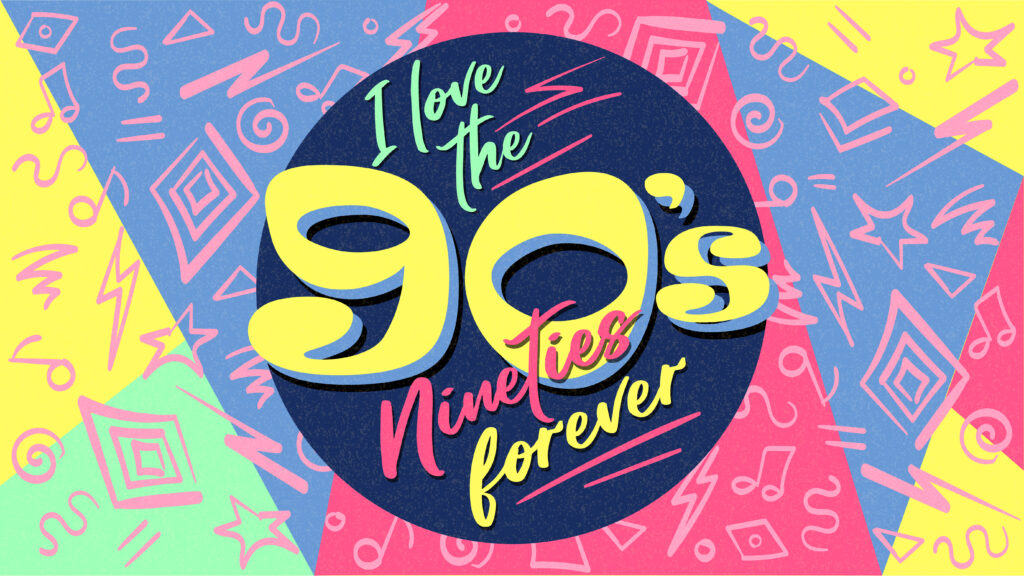
So whether you’re rewatching a childhood cartoon, buying a Walkman on eBay, or filtering your TikToks to look like they came from a camcorder, you’re not just indulging in the past. You’re navigating the present, with help from a timeline you trust.
And that’s nothing to feel sheepish about. It’s human. It’s strategic. It’s maybe even a little punk. After all, in a culture obsessed with the next big thing, sometimes the most radical move is to rewind.
